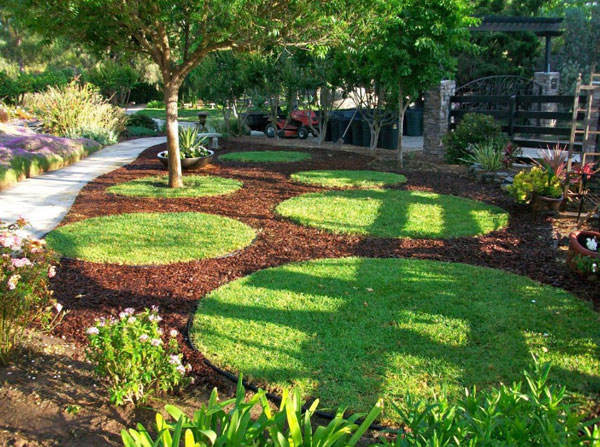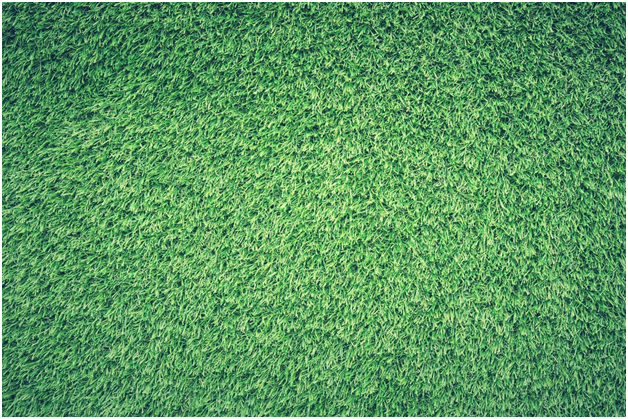Many of us view our yards as an extension of our homes. They are areas in which to socialize, enjoy stunning landscaping and foliage, and spaces in which to relax and unwind. While rain is essential for lush, healthy landscaping, unfortunately too much rain can have the opposite effect.
Drainage is an essential element of good yard care, often topping any list of best lawn care tips. Its importance is mainly because good drainage can be the difference between a stunning space which is designed to help plants thrive, and a dismal, waterlogged swamp.
Know What to Watch For
No matter your goals for your garden, allowing for adequate and effective drainage is one of the most important aspects to consider. Grass and soil which are waterlogged can result in flooded patches and cause permanent damage to the surroundings. To help, make sure that you are educated on what can create this issue. If your soil contains large amounts of clay, several layers of roots, thatch or soil compaction, these can all contribute to poor drainage.
How to Fix a Poorly Draining Lawn
Aeration:
Aeration can help with this. To aerate a lawn, you poke small holes in the soil at regular intervals and depts, usually with a garden fork. This process helps air and water to penetrate the grass more effectively.
Soil:
There is also the option to adjust the soil, either by introducing organic minerals to change the composition of the soil or by adding plants which are suitable for the existing material. This process helps to strengthen the base by adding roots and can assist with drainage.
Design:
The shape of your yard also has an impact. Your lawn’s design should help water to drain naturally away from the house using a slope which is shallow and level. The evenness is essential; a dip will encourage the water to pool in a single spot, and again, this will lead to issues with drainage and the space becoming waterlogged. This may result in damage to plants and roots which is difficult and expensive to repair.
If your garden is not naturally set up this way, there are options you can add to help improve drainage. The most extreme is to re-landscape and shape the area, making the ground more even and removing dips and pools. The gradient can also be adjusted, altering the land so that it encourages draining away from the house.
Gutters and Drains:
If an extreme redesign is not an option, there are other solutions which can help. Gutters and drains can be fitted which take care of the excess water and remove it from the soil. Alternatively, you can fill your garden with plants which thrive in a wet environment. These will help to absorb excess water and use it for their benefit.
Ensuring that your lawn has sufficient drainage is essential for your space to thrive and evolve. By making a few simple changes, you will help to improve the look and condition of your lawn, and make spending time in your yard a more enjoyable and pleasant experience, as well as giving your plants a hand to grow!










